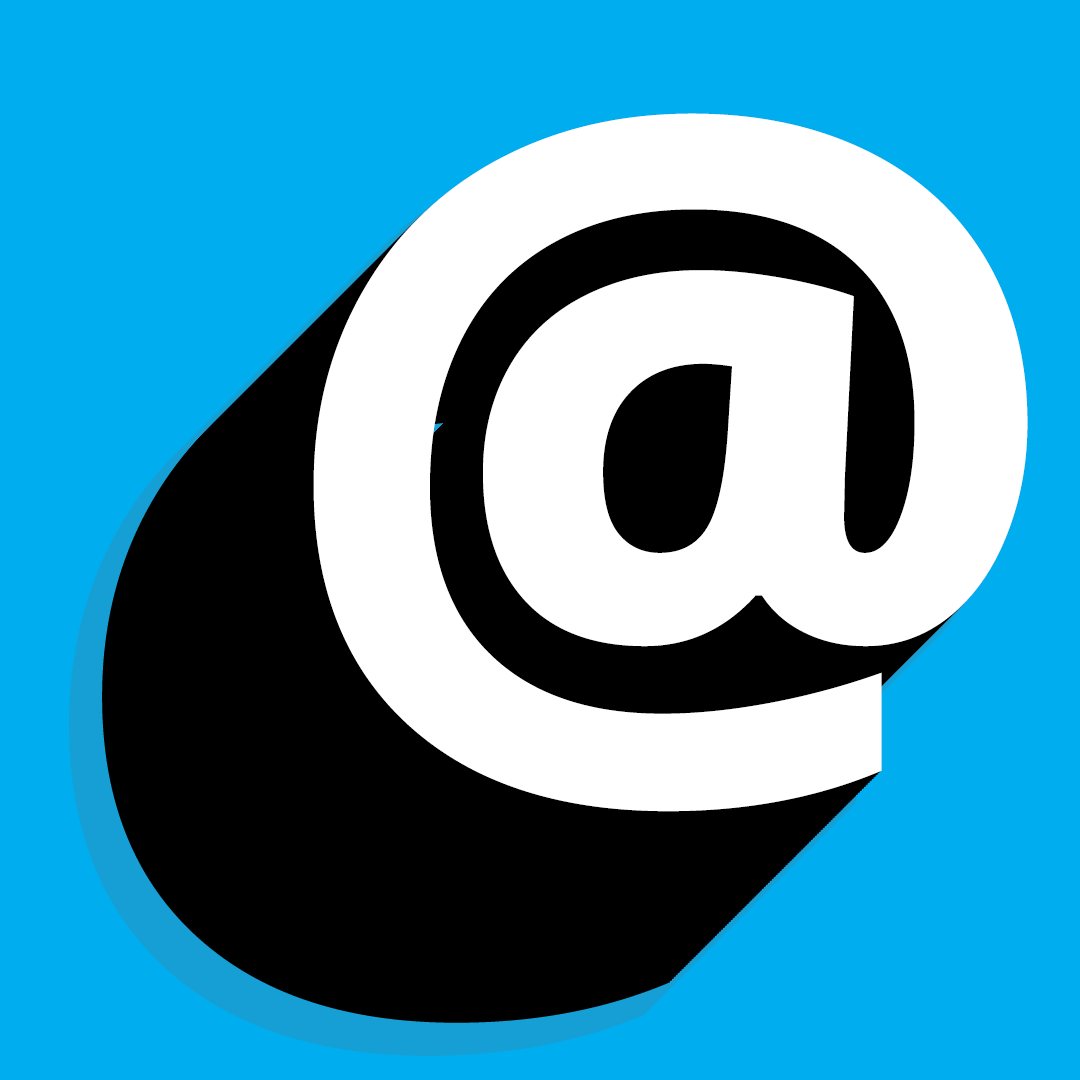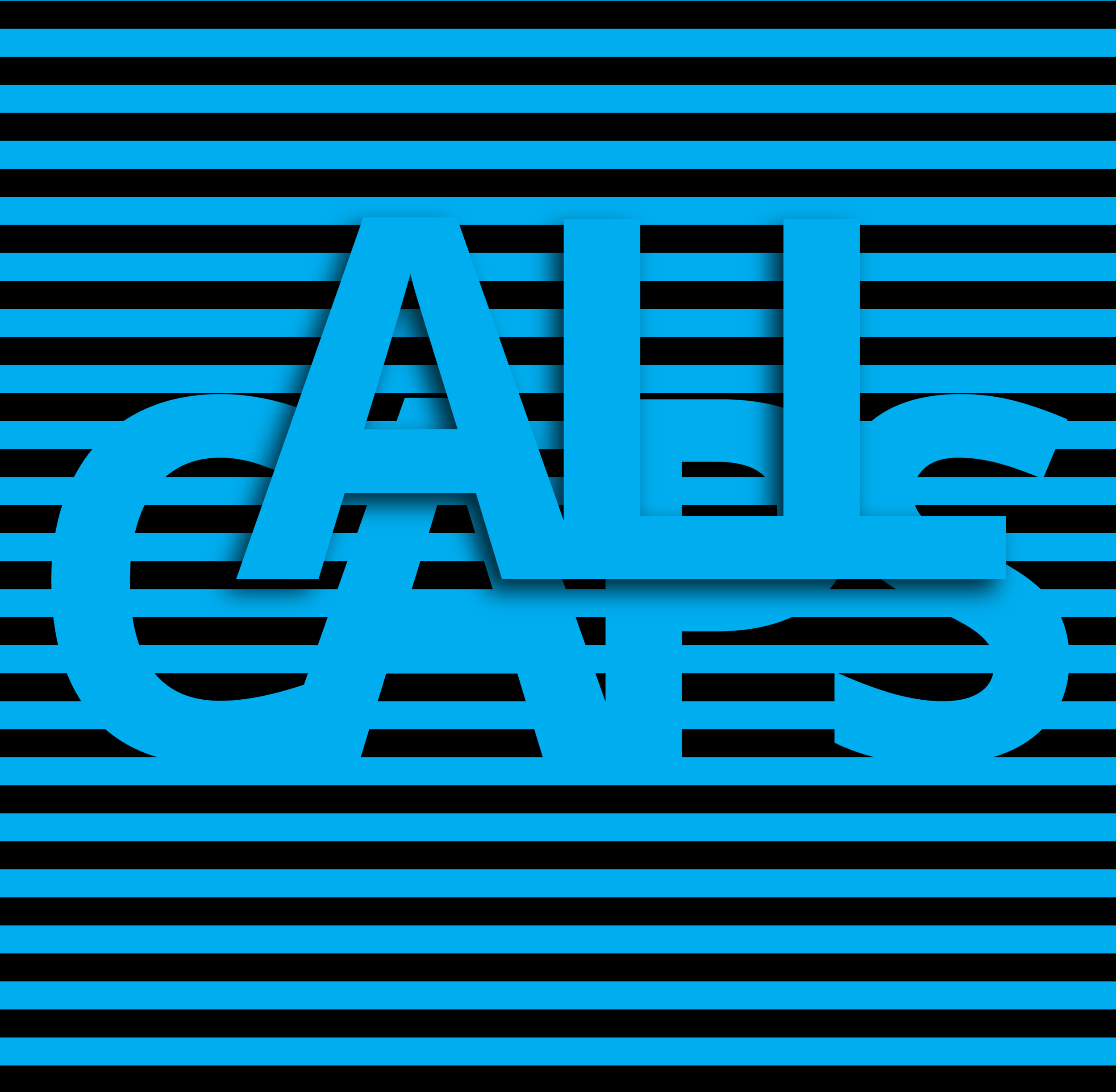The at sign | How to use the commercial at in copywriting

When to use the at sign in copy
There are very few reasons, if but one, to use this symbol. Some financial institutions use it to indicate “at a rate of”. You may also see it used as shorthand for “at” to intro a location, say on a gig poster or sports event. For style, I recommend only using it for email addresses and aliases, such as with Slack or Twitter; as symbols go, it’s rather inelegant and somewhat of a typeface nightmare.
Never use it to replace “at” in any form of copy, long or short
Only use it for email addresses and aliases
But, where did it even come from?
Who knows? No, really—anyone? It’s actually kind of a mystery, which isn’t really surprising given it barely has a name. Sure, you may know it mostly as the at sign, but it’s also the at symbol, commercial at, and address sign. The ugliest name of all is strudel, which is as unwieldy as the look of it.
Email is certainly to thank for its now widespread use (starting in the ‘70s) but it was in use much earlier than that. All the way back to 1345, if you can believe that, but not remotely similar to how it’s used today—it was used for the initial a in amen in the Bulgarian of the Manasses Chronicle. We don’t know why.
It has some more clear origins in Catalan, Spanish, and Portuguese as shorthand for arroba, which is a unity of weight. The earliest example of this dates 4th May, 1536. Oh, and of course, some numpty tried to trademark the sign—which they did in 2012, but it was revoked in 2017. And that’s all I’ve got.
There are very few reasons, if but one, to use this symbol. But where did it come from? And why is it? You may or may not find answers within.
In brief, don’t do it. It’s not fun to be shouted at, nor is it polite to shout—and all caps are both unappealing and sound like shouting. But, want to know something interesting? Get in here.
How do you use emojis in writing? Here’s what I love about language: it changes with the will of the people. As such, it only makes sense that there ought to be a style guide entry for emoji and emoticon usage; I don’t mind change, but I do like order, so here are some handy guidelines.
What is an ampersand, how does one use one, and where did it come from? Its name is as curious as its curvature and using one correctly is just as pleasing as looking at it. The guidelines are simple, too.
Most people instinctively understand what colons are for: they signal a big announcement. There’s a gravitas to them. There’s a visual clue you’re underlining something. There’s a note to your eyes to stop reading for a second and connect what follows. But how do you use a colon?
This mark has a few functions but the signature use, if you will, is to omit words or passages of text. Don’t you love the Ancient Greeks? We’ve them to thank for the name, not Chicago. Speaking of, I have to disagree with the Windy City. I don’t want to fight, but their style looks out of date to me…
Double quotation marks are older than single quotation marks, which came about around the 1800s in the UK. They originally indicated important text in manuscripts, but over time became the way we indicate direct quotes. But, who’s William and what’s he got to do with the price of learning grammar? Liam too?
There are some plurals that crop up which don’t require an apostrophe, but would nonetheless look confusing or strange without one—but mind yourself, because banana’s isn’t one of them. If you’re tired of being called a grocer or you want to know why you’ve been lied to your whole life (about apostrophes, I don’t know your life history) get in here and find out how to use an apostrophe.
So as not to bury the lede, let’s get right to it: Question marks have just one use—to indicate an interrogative clause. That’s word-speak for “ask a question”. But, how did the glyph come into being? That's a cool story.
Have you ever wondered about the difference between brackets and parentheses? How do you maintain journalistic integrity? Can you add a period outside a closing bracket? Answers to all these questions, and more, in this exciting episode of the style guide: how to use brackets and parentheses.










